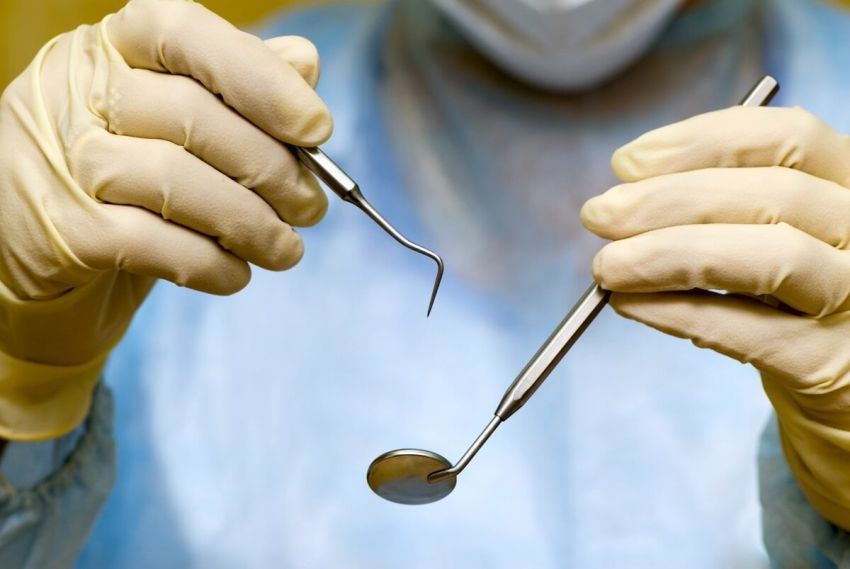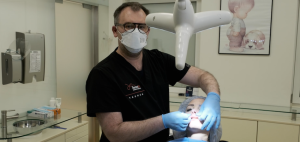
UK: pandemic vs. oral cancer mortality
The consequences of the coronavirus pandemic, which has been ongoing for several months, and the accompanying sequelae lockdowns are being felt in various spheres of our lives, m.in. emotionally, socially, financially, but also in terms of health – and it's not just about contracting COVID-19.
According to the British Dental Association (BDA), referrals for oral cancer screening in the UK have fallen by about 60 percent since March 2020.
An unrecognized enemy is even more dangerous
Unfortunately, this doesn't mean that there are fewer cases of oncological disease; instead, potentially dangerous lesions are being diagnosed much less frequently. And those involving the oral cavity are most often detected during visits to the dentist's office. The significantly lower number of such cases than in previous years is closely related to the difficulty of accessing dental treatment during the pandemic.
The BDA warns that this could lead to a dramatic increase in mortality from oral cancer. In addition, the fact that the number of cases of carcinogenic lesions of the region in the UK had increased significantly even before the pandemic is of concern. A late 2020 report by the charity Oral Health Foundation stated that some 8700 cases of oral cancer were diagnosed in the UK in 2019. This is 58% more than a decade earlier, while in other European countries, such as the. In Germany, the number of new cases has declined over the same period.
In addition to the constraints of more blockades, access to dental treatment is a significant problem. Due to very high prices, many people cannot afford to visit private dental clinics. For this reason, millions of patients seek help from the National Health Service (NHS) offices. However, many Britons are having difficulty finding a dentist who will accept new patients while treating them free of charge.
Additional danger – recurrence of oral cancer
The situation is problematic not only because of the hassle of access to dentists and the failure to diagnose a large proportion of oral cancer cases. A recent study from the University of Michigan shows that about half of oral cancer patients have difficult-to-treat recurrences (frequent m.in. for squamous cell carcinomas).
Ann Arbor researchers have identified the mechanism by which cancer cells in the head and neck region infiltrate neighboring healthy tissues. A team led by Dr. Priyanka Singh has discovered that two proteins secreted by head and neck cancer cells in laboratory tests suppress the DMBT1 gene in neighboring healthy tissues, facilitating the invasion of cancer cells.
The results of the study (Squamous cell carcinoma subverts adjacent histologically normal epithelium to promote lateral invasion), which were published in the Journal of Experimental Medicine, may help develop new treatments targeting proteins in cancer cells that regulate DMBT1.
In diagnosis, during treatment, in rehabilitation – in all fields of head and neck cancer treatment, oncologists need the support of dentists. – What worries me, however, is that so few dentists want to pursue this," says Prof. dr hab. Wojciech Golusinski of the Wielkopolska Oncology Center in Poznan.


